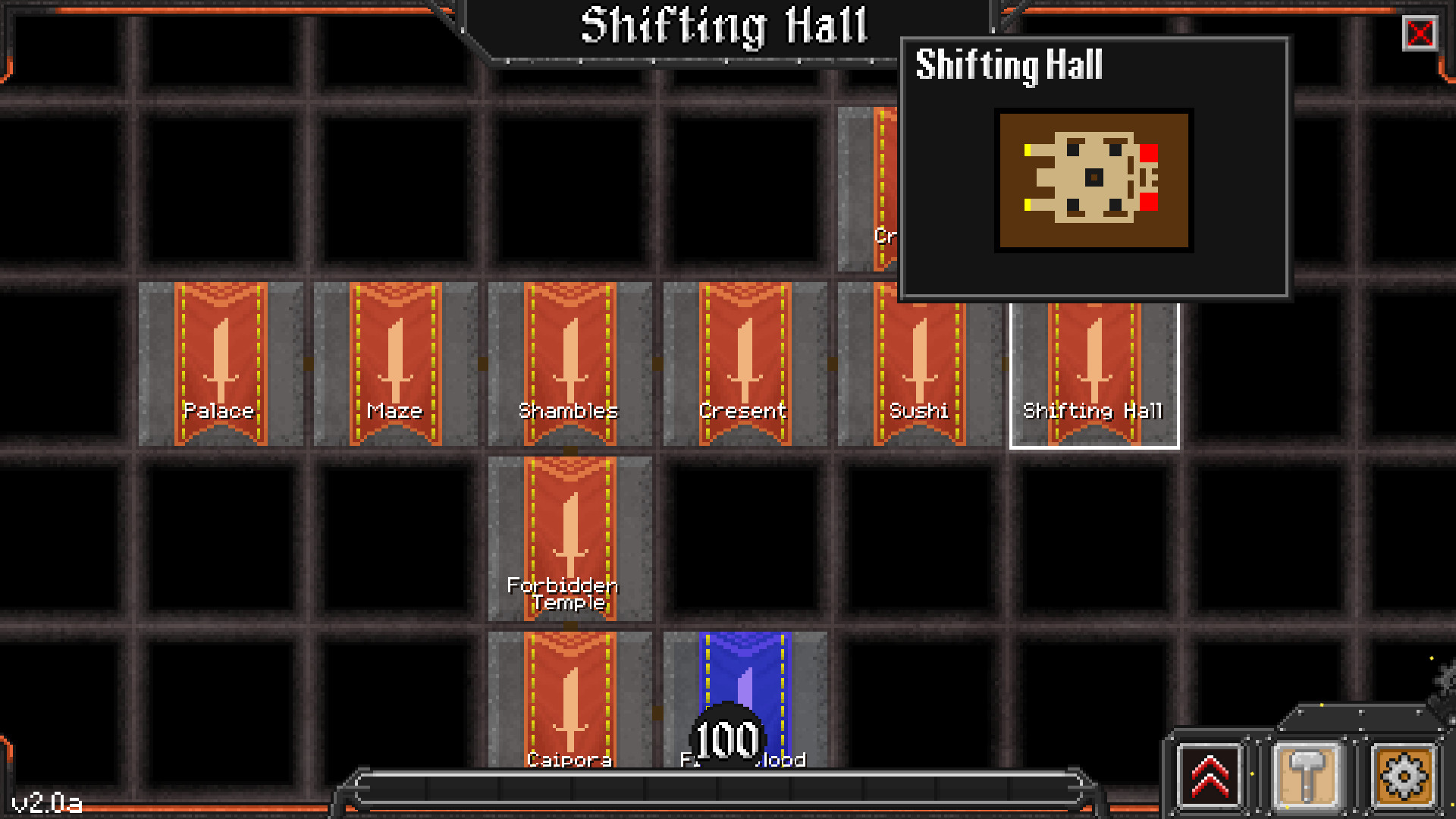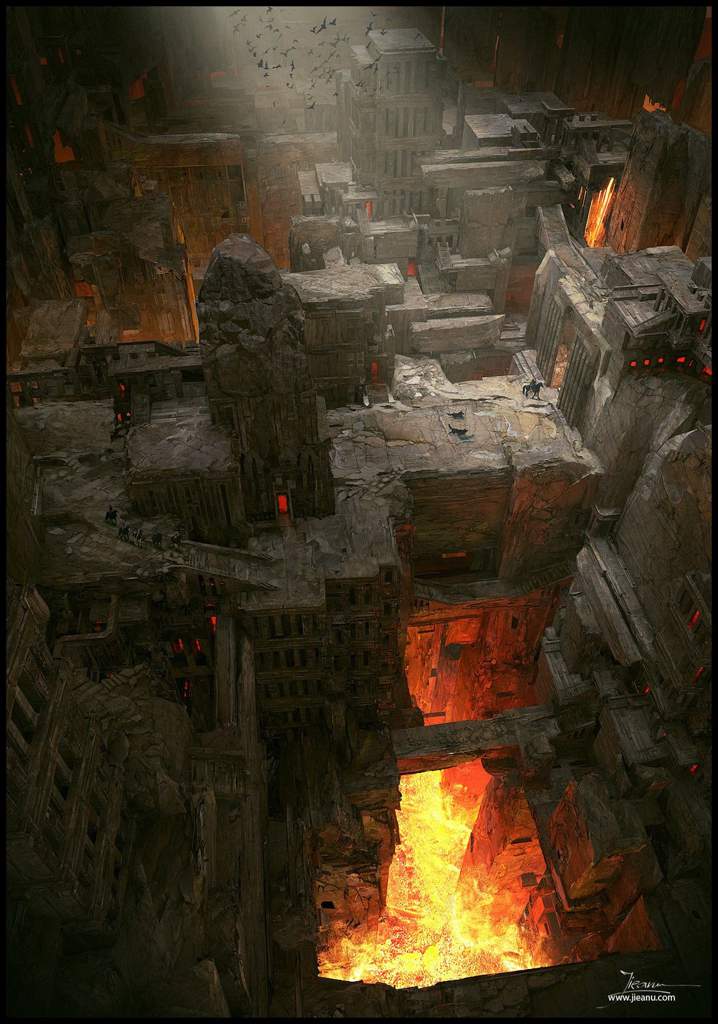
In fact, if you go back to the ‘70s and ‘80s you’ll find that traps weren’t just tolerated, they were gleefully celebrated. They date back to the earliest days of the hobby and they remain a prominent part of the game’s culture and its adventures.

But you can feel Gygax’s palpable frustration with the style of play his own killer dungeons had created boiling off the page.ĭespite this, traps are a staple of Dungeons & Dragons.
#DUNGEON WARFARE 2 DESTRUCTIBLE WALLS FULL#
If the problem should continue, then rooms full of silent monsters will turn the tide, but that is the stuff of later adventures. Mocking their over-cautious behavior as near cowardice, rolling huge handfuls of dice and then telling them the results are negative, and statements to the effect that: “You detect nothing, and nothing has detected YOU so far-” might suffice. If this persists, despite the obvious displeasure you express, the requirement that helmets be doffed and mail coifs removed to listen at a door, and then be carefully replaced, the warnings about ear seekers, and frequent checks for wandering monsters (q.v.), then you will have to take more direct part in things. Here’s Gary Gygax giving some of the worst GMing advice you’ll hopefully ever read ( Dungeon Master’s Guide, 1979):Īssume your players are continually wasting time (thus making the so-called adventure drag out into a boring session of dice rolling and delay) if they are checking endlessly for traps and listening at every door.

Not only are they boring when they’re triggered - with the DM arbitrarily telling you to make a saving throw at the penalty of suffering some minor amount of damage - they engender boring play by encouraging players to turtle up and methodically, laboriously, and excruciatingly examine every square inch of the dungeon in torrid bouts of pace-murdering paranoia.Īnd if you feel this way, you’re in illustrious company.

People have a problem with traps: They’re boring.


 0 kommentar(er)
0 kommentar(er)
